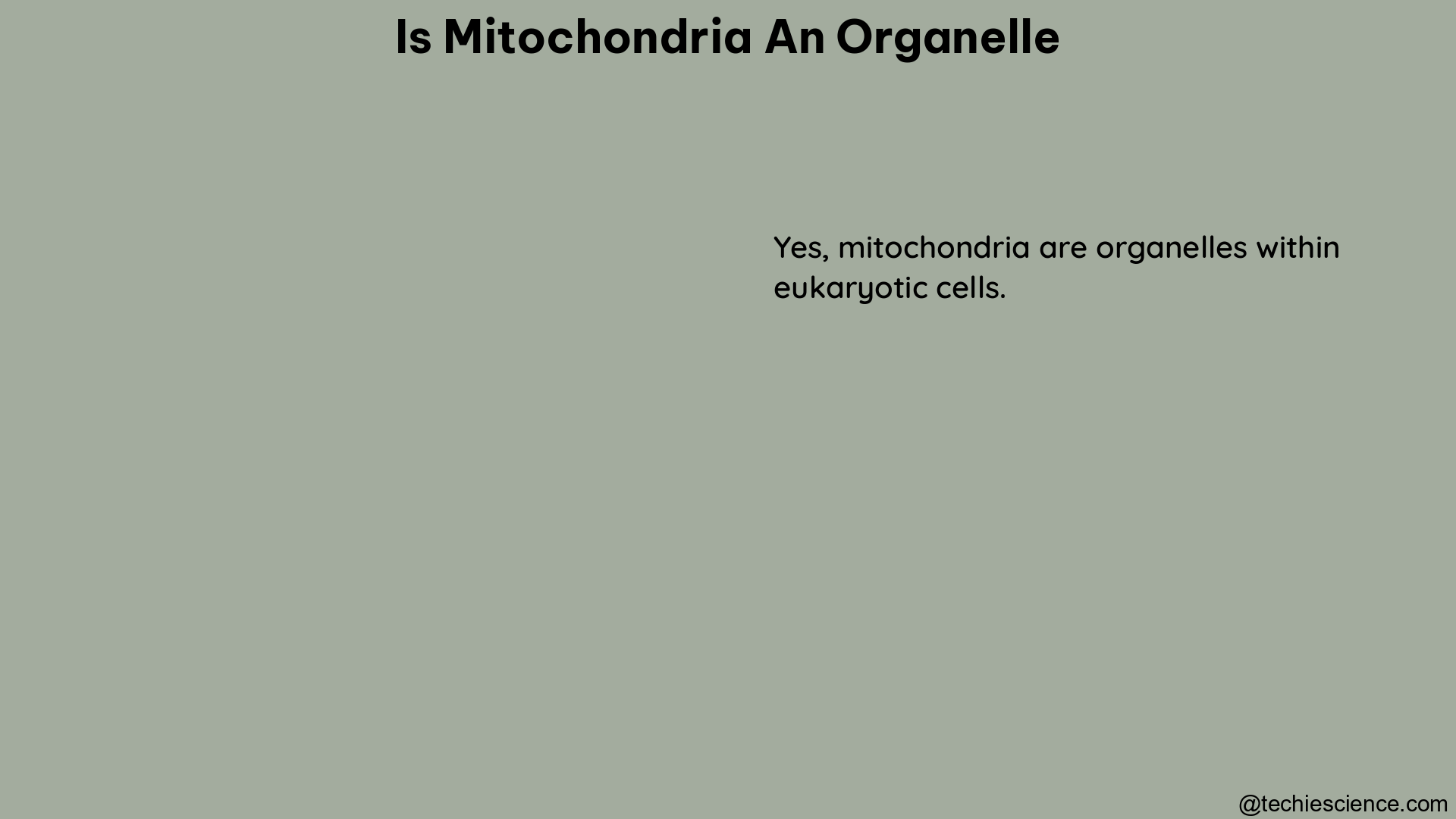Mitochondria are essential organelles found within the cytoplasm of eukaryotic cells, playing a crucial role in cellular energy production through the process of oxidative phosphorylation. These double-membraned structures contain their own DNA, known as mitochondrial DNA (mtDNA), which encodes some of the proteins necessary for their function.
Mitochondrial Structure and Morphology
Mitochondria are typically 0.5-1.0 micrometers in diameter and 2-10 micrometers in length, although their size and shape can vary depending on the cell type and physiological conditions. These organelles have a unique inner and outer membrane structure, with the inner membrane folded into cristae to increase the surface area for the electron transport chain.
The outer membrane of the mitochondria is smooth and permeable to small molecules, while the inner membrane is highly impermeable and contains the enzymes and proteins necessary for oxidative phosphorylation. The space between the inner and outer membranes is known as the intermembrane space, and the space enclosed by the inner membrane is called the mitochondrial matrix.
| Mitochondrial Structure | Characteristics |
|---|---|
| Outer Membrane | Smooth, permeable to small molecules |
| Inner Membrane | Highly impermeable, contains enzymes and proteins for oxidative phosphorylation |
| Intermembrane Space | Space between the inner and outer membranes |
| Mitochondrial Matrix | Space enclosed by the inner membrane |
Mitochondrial DNA and Genetics

Mitochondria contain their own DNA, known as mitochondrial DNA (mtDNA), which is a circular, double-stranded molecule. Unlike nuclear DNA, mtDNA is much smaller, containing only 37 genes that encode 13 proteins, 22 transfer RNAs (tRNAs), and 2 ribosomal RNAs (rRNAs).
The mitochondrial genome is maternally inherited, meaning that it is passed down from the mother to the offspring. This is because during fertilization, the sperm contributes only its nucleus, while the mitochondria are derived from the egg cell.
Mutations in mtDNA can lead to a variety of mitochondrial diseases, such as Leber’s hereditary optic neuropathy (LHON), myoclonic epilepsy with ragged-red fibers (MERRF), and mitochondrial encephalomyopathy, lactic acidosis, and stroke-like episodes (MELAS).
| Mitochondrial DNA Characteristics | Details |
|---|---|
| Structure | Circular, double-stranded molecule |
| Size | Much smaller than nuclear DNA |
| Genes Encoded | 13 proteins, 22 tRNAs, 2 rRNAs |
| Inheritance | Maternally inherited |
| Mutations | Can lead to mitochondrial diseases |
Mitochondrial Function and Energy Production
The primary function of mitochondria is to produce energy in the form of adenosine triphosphate (ATP) through the process of oxidative phosphorylation. This process involves the electron transport chain, which is located in the inner membrane of the mitochondria, and the ATP synthase enzyme, which uses the proton gradient generated by the electron transport chain to produce ATP.
The electron transport chain consists of a series of protein complexes that transfer electrons from one molecule to another, generating a proton gradient across the inner membrane. This proton gradient is then used by the ATP synthase enzyme to drive the phosphorylation of ADP to ATP, a process known as chemiosmosis.
Mitochondria also play a role in other cellular processes, such as calcium signaling, apoptosis (programmed cell death), and the production of heat.
| Mitochondrial Function | Details |
|---|---|
| Energy Production | Oxidative phosphorylation to produce ATP |
| Electron Transport Chain | Series of protein complexes that transfer electrons |
| ATP Synthase | Enzyme that uses proton gradient to produce ATP |
| Other Roles | Calcium signaling, apoptosis, heat production |
Quantifying Mitochondrial Structure and Function
Mitochondria can be quantified and characterized using various imaging, molecular, and metabolic techniques. These techniques can provide valuable insights into mitochondrial structure, function, and dynamics, which are critical for understanding cellular physiology and pathophysiology.
Imaging Techniques
- Electron microscopy: Provides high-resolution images of mitochondrial structure and morphology.
- Fluorescence microscopy: Allows for the visualization of mitochondria using fluorescent dyes, such as MitoTracker or JC-1.
- Live-cell imaging: Enables the study of mitochondrial dynamics, such as fission, fusion, and movement, in real-time.
Molecular Techniques
- Quantitative PCR (qPCR): Measures the amount of mitochondrial DNA (mtDNA) to determine mitochondrial content or copy number.
- Western blotting: Quantifies the levels of mitochondrial proteins to assess mitochondrial content and function.
- Mass spectrometry: Identifies and quantifies mitochondrial proteins to study mitochondrial proteomics.
Metabolic Techniques
- Extracellular flux analysis: Measures oxygen consumption rate (OCR) and extracellular acidification rate (ECAR) to assess mitochondrial respiration and glycolysis.
- Seahorse assays: Provides a comprehensive analysis of mitochondrial function, including ATP production, proton leak, and respiratory capacity.
- High-resolution respirometry: Measures oxygen consumption and mitochondrial respiratory parameters in isolated mitochondria or permeabilized cells.
These techniques, combined with advanced data analysis and computational tools, allow researchers to gain a deeper understanding of mitochondrial structure, function, and dynamics in various biological systems and disease states.
Conclusion
In summary, mitochondria are indeed organelles that play a crucial role in cellular energy production and other important cellular processes. The ability to quantify and characterize mitochondria using various imaging, molecular, and metabolic techniques has provided valuable insights into mitochondrial biology and its implications for human health and disease.
References:
- Mitochondrion – an overview | ScienceDirect Topics
- Mitochondrial Structure, Function, and Dynamics
- Mitochondrial Dynamics and Quality Control

Hi….I am Anushree Verma, I have completed my Master’s in Biotechnology. I am a very confident, dedicated and enthusiastic author from the biotechnology field. I have a good understanding of life sciences and great command over communication skills. I thrive to learn new things every day. I would like to thank this esteemed organization for giving me such a great opportunity.
Let’s connect through LinkedIn- https://www.linkedin.com/in/anushree-verma-066ba7153